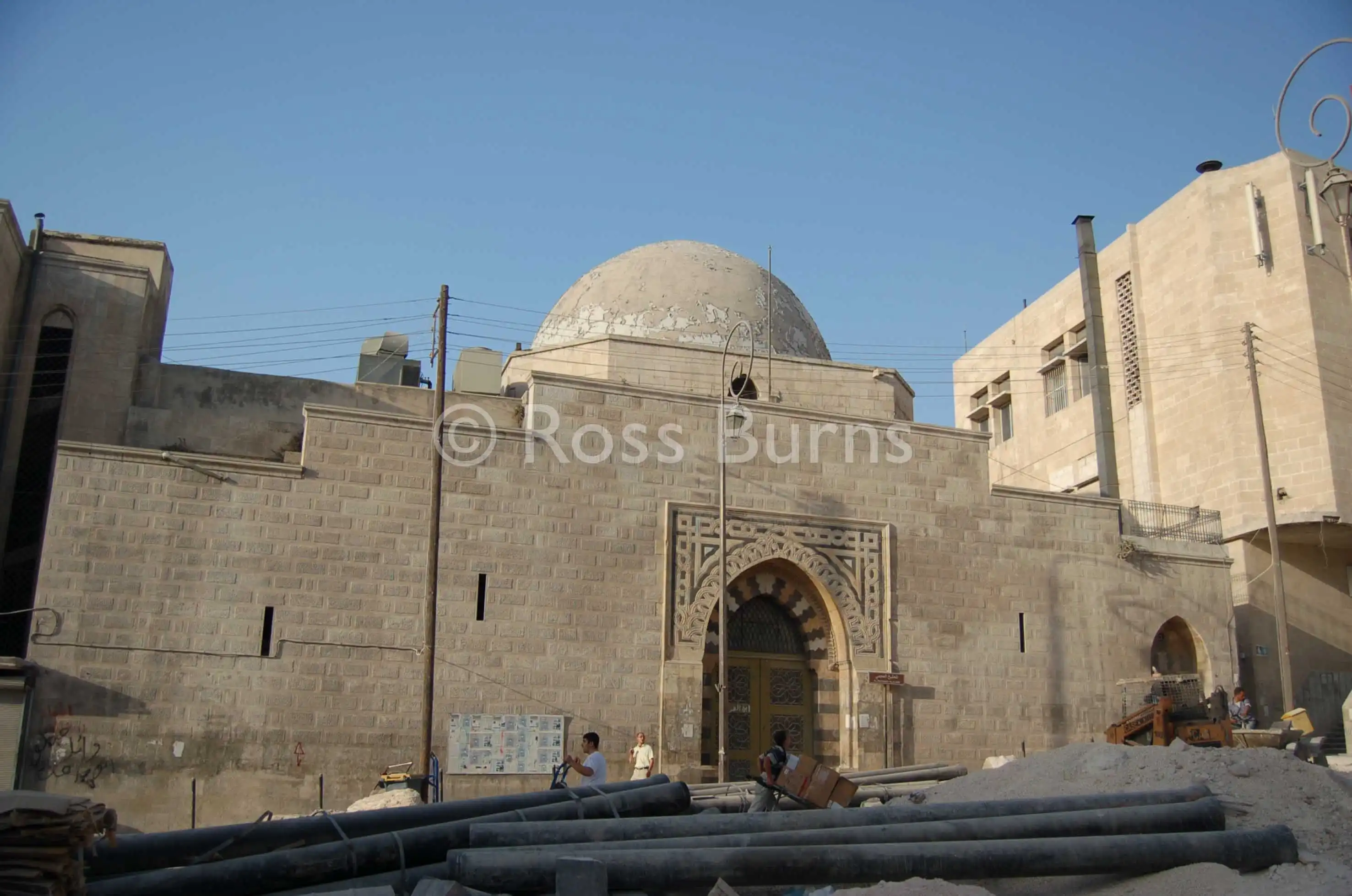
3 Days Itinerary in Al ‘Ajamī, Egypt - Travel Guide
Unleashing the Beauty of Al ‘Ajamī in 3 Magical Days
| Days | Description |
|---|---|
| 1 | Day 1 - Dive into History |
| 2 | Day 2 - For the Love of Art & Culture |
| 3 | Day 3 - A Farewell Kiss to Al ‘Ajamī |
Introduction
Immerse yourself in the pulsating heartbeat of Al ‘Ajamī, Egypt. A blend of ancient charm and modern pleasures, expectations of the present merge with echoes of the past. Discover the neighbourhood's hidden gems in a well-tailored 3-day itinerary, crafted to satiate the wishes of history lovers, culture enthusiasts and food connoisseurs alike.
Day 1 - Dive into History
Our journey begins as the sun casts its golden hues over Al ‘Ajamī, a spectacle to behold. We kick start the day with a visit to the Amoud Al Sawari. A remnant of an ancient Roman amphitheatre, its timeworn magnificence is a sight to capture in your hearts. Gazing upon this testament of time, don't you feel like a part of history yourself? Post this, we take a leisurely stroll winding through the quaint streets, fringed with local eateries summoning us with irresistible aromas. For lunch, indulge in the local cuisine, with dishes that evoke flavours of tradition and authenticity. The day's finale takes us to the bustling Souk District. Drinks, food, laughter - we dive in as the locals do. What better way to end the day than relishing a bowl of molokhia under the starlit sky, while the air fills with soulful tunes? As darkness swallows the day, return to your abode with hearts full of stories etched in time.
Day 2 - For the Love of Art & Culture
We bid hello to day two with a visit to the intriguing Bibliotheca Alexandrina. Here's where we feed the intellectual curiosity within us. Who can resist the allure of losing oneself amongst the alluring world of books and masterpieces of art? Taking a lunch break, we let the rich and delectable Egyptian cuisine fuel us for the action-packed afternoon. Next, it's time to experience the epitome of Alexandrian culture at the Cavafy Museum, dedicated to Constantine P. Cavafy, a revered figure in modern Greek poetry. A day dedicated to art and culture has to end on a melodious note, don't you think? So, we head to the Opera House for an enthralling music concert setting your hearts aflame with passion and tumultuous applause. With the nightriffs playing in our minds, we head back to rest.
Day 3 - A Farewell Kiss to Al ‘Ajamī
We embrace our last day with a chilled glass of karkadeh overlooking the resplendent Mediterranean sea. Day three is all about leisure and soaking in the laid-back vibe of Al ‘Ajamī. Perhaps it's time to don that beach attire and let the salty waves kiss your feet? Post-lunch, we embark on a culinary trail, exploring those tucked-away joints that whip up mouth-watering Egyptian street food. Don't forget the falafel and shawarma! As evening falls, we make our last stop at the Al Montazah Palace Gardens, drinking in the splendid views, feeling the gentle breeze whisper tales of the bygone and the present. And just like that, under the soft gaze of the moon, we bid goodbye to Al ‘Ajamī, holding memories that will warm our hearts for years to come.

Benjamin Clark
FAQs about this
3 day itinerary in
Al ‘Ajamī
The best time to visit Al ‘Ajamī is during the spring (April-May) and fall (September-October), when the weather is pleasant with mild temperatures.
Yes, Al ‘Ajamī is generally safe to explore at night. However, common sense and necessary precautions are advisable, as in any other city.
Light, breathable clothing is advisable due to the warm climate. However, remember to respect the local customs and traditions, covering shoulders and knees when visiting religious sites.
Other city itineraries in Egypt
- Ḩalwān
- Al ‘Ajamī
- Az Zaqāzīq
- Cairo
- Al Manşūrah
- Aswān
- Al Fayyūm
- Mallawī
- Al ‘Arīsh
- Al ‘Āshir min Ramaḑān
- Damietta
- Kafr ad Dawwār
- Al Maḩallah al Kubrá
- Asyūţ
- Sūhāj
- Timayy al Imdīd
- Suez
- Ţanţā
- Ismailia
- Banhā
- Al Minyā
- Al Maţarīyah
- Port Said
- Al Ghardaqah
- Alexandria
- Damanhūr
- Madīnat as Sādis min Uktūbar
- Shibīn al Kawm
- Qinā
- Banī Suwayf
- Ash Shuhadā’
- Shubrā al Khaymah
- Giza
- Luxor
- Bibā
